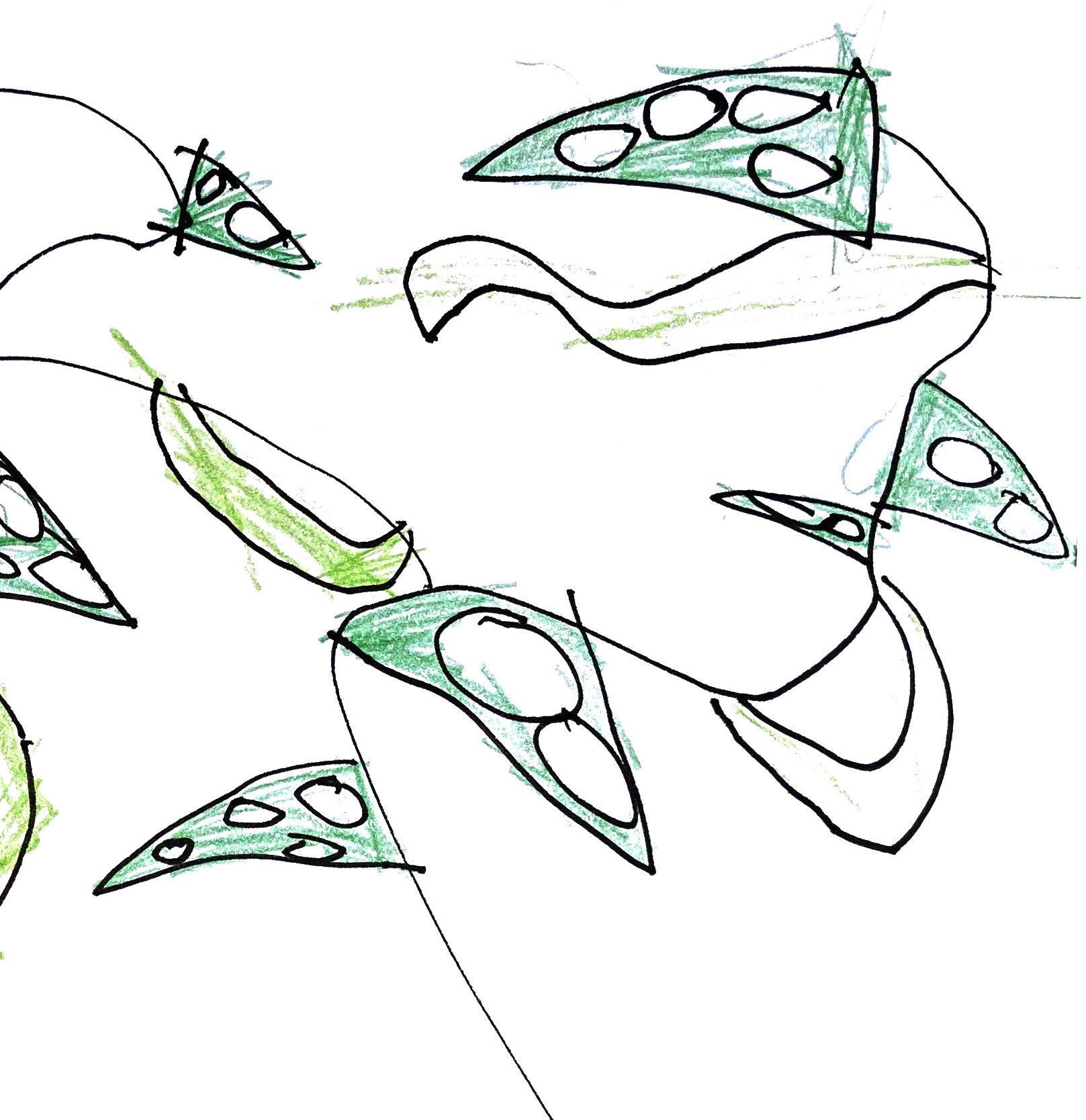
4 minute read
Curriculum Guide Intro
Sabot has a different approach to education, one that empowers the innate curiosity of every student.
Our Reggio-inspired approach for preschool through Grade 8 is unique to Richmond and is framed using the Sabot Five Rs – Research, Representation, Reflection, Reach, and Relationship. These Rs are the fundamental principles guiding Sabot’s approach and result in a Culture of Engagement. They are not an alternative curriculum; they are, instead, a way of approaching the curriculum and, most importantly, a method of learning how to learn. They guide us in fueling children’s curiosity about the world, igniting their passions, and helping them to experience the joy of discovery and understanding.
Advertisement
Our Commitments
Diversity, Equity & Inclusivity
Central to a Sabot education is the understanding and exploration of different experiences and voices. We emphasize multiple perspectives. By doing so, students are better able to understand and empathize with a wide range of people, beliefs, and communities. Additionally, they are able to more deeply reflect on their own thinking and view of the world.
Social-Emotional Development & Growth Mindset
Social-emotional learning is a part of the everyday experience and is considered foundational. Our faculty support the developmental needs of students as well as address specific issues that arise (e.g. conflict resolution, handling responsibility, stress reduction). In the Lower and Middle Schools, our school counselor explicitly addresses the skills that students rely on to develop socially and emotionally. Individual and group short-term counseling is available for students who need support at school (e.g. grief and loss, study skills, friendship skills).
Schoolwide Dynamic Features
Umbrella Project
Every year, the Sabot community undertakes a schoolwide exploration which, like an umbrella, arcs to gather us all (students, faculty, and families) in collaboration as we explore a big idea. The topics are intentionally broad, sometimes conceptual (time, relationship, reflection), and sometimes media-focused (tinkering, music, sound).
Project Work
Students are given time, attention, resources, and teacher guidance to undertake extended projects and investigations with an emphasis on collaboration and the co-construction of knowledge and meaning. The projects develop out of the students’ interests, ensuring that the process of learning is both purposeful and meaningful. Teachers scaffold students as they define goals, identify needs, and solve problems.
In the Middle School, students explore inquiry questions in each grade. The questions are open-ended and allow for the class to dive deeper into the areas that resonate with them. These questions incorporate essential understandings in Science, Math, History/Social Studies, and Language Arts and drive our curriculum. Our students develop theories and cognizance as they engage with primary and secondary sources, differing perspectives, labs, and opportunities to complete field study and action research.
Students have opportunities to present their thinking using the languages of the studio, frequently with feedback from an authentic audience and sometimes from experts in the field. Parents and members of the wider community are often invited to join our students for discussions, give tours of their places of work, or mentor groups of students. This community engagement and partnership with parents is a paramount piece of the Sabot program.
Studio
The studio is more than a physical space; it is a mindset that affirms the value of children’s ideas and empowers them to realize their projects. Integration of the arts and design thinking fuels all investigations and subject areas. Children can visit the studio when they need more specialized materials and support from the studio teachers in order to develop and realize their ideas. These resources scaffold collaborative investigation and provide a laboratory for students to represent their understanding in various media, including music, drama, poetry, design, and tinkering.
Grades 4 & 5 participate in musical theater or the Richmond Ballet’s Minds in Motion in alternating years. Artists from the Greater Richmond community are frequently invited to support the inquiry questions that are a part of the Middle School curriculum.
Portfolios, Self- & Group Reflection, Feedback
Sabot’s approach to education incorporates a strong philosophy of reflection and self-evaluation. In the Preschool and Lower School, teachers document children’s thinking, and then children and teachers revisit these photos, videos, recordings, and transcriptions for direction, planning, challenging thinking, and inspiring new ideas.
The portfolio – a collection of each student’s most significant work – documents the evolving process of a student’s learning. Students, with teacher support, curate examples of their work in a digital portfolio throughout the year. Portfolios make visible the student’s learning and, in Lower and Middle School, are referenced by students as they write reflections and complete Parent-Teacher-Student Conferences.
In the Lower and Middle Schools, students are regularly asked to reflect on their work, focusing on the Habits of Mind. We also ask students to provide feedback to each other. Consistent feedback is offered to our students through a variety of forms, including group discussions, self-assessment, rubric-based feedback from the teacher and peers, formative and summative assessments, and conferences with the teacher.
Outdoor Education
We believe that a child’s understanding of all things natural begins with their love for the outdoors. Our outdoor education begins first on our 28-acre campus and the adjacent 106-acre Larus Park. Students hike through the forest, stopping to observe and play. Sabot students look to the outdoors as a catalyst for personal growth, teamwork, outdoor skills, and stewardship. Students may participate in field studies, studying the relationship between living things and their environment. They look for factors affecting living things, from natural cycles and relationships with other creatures to human influence.

